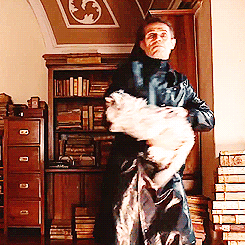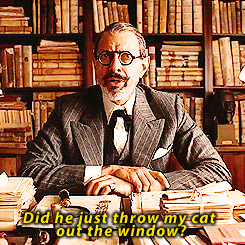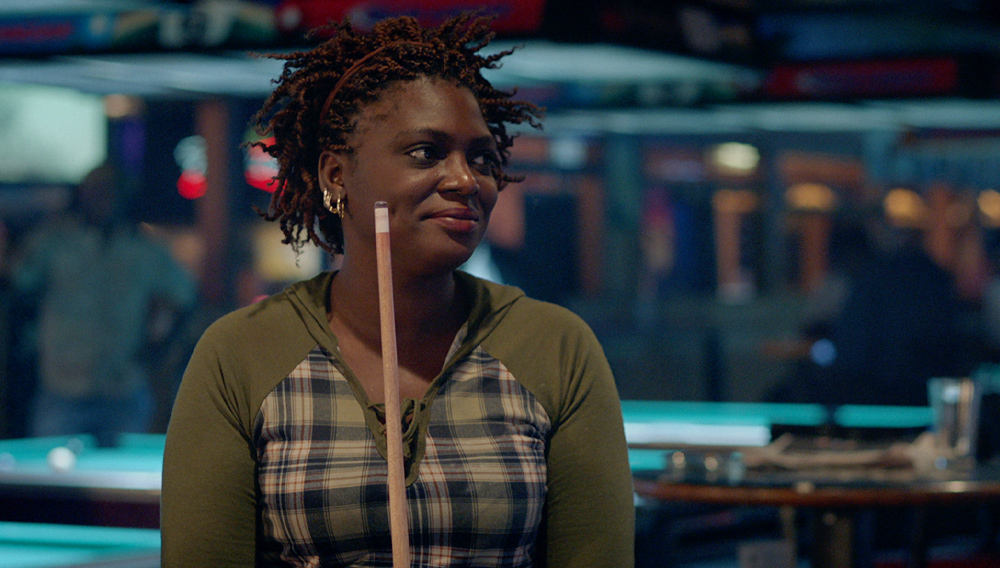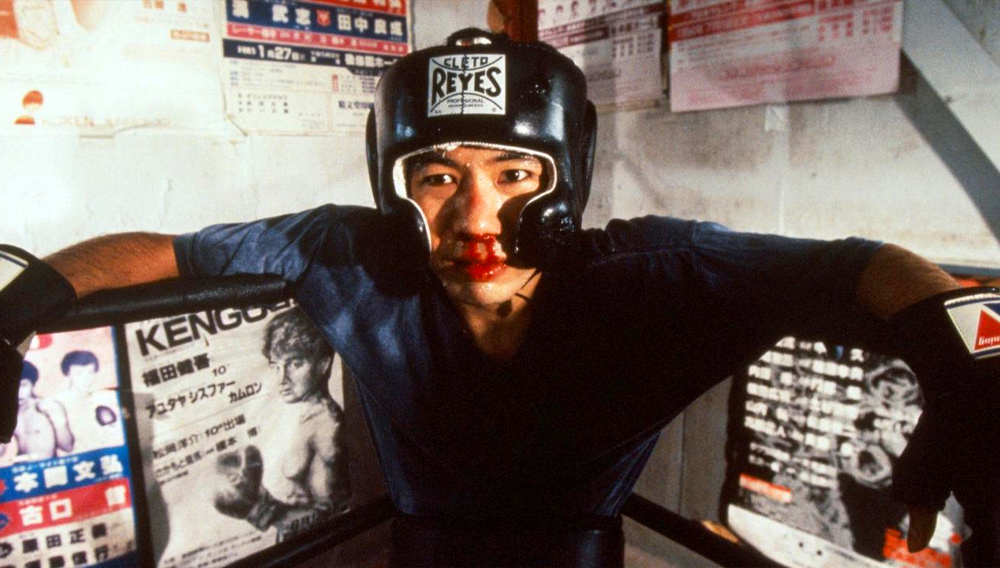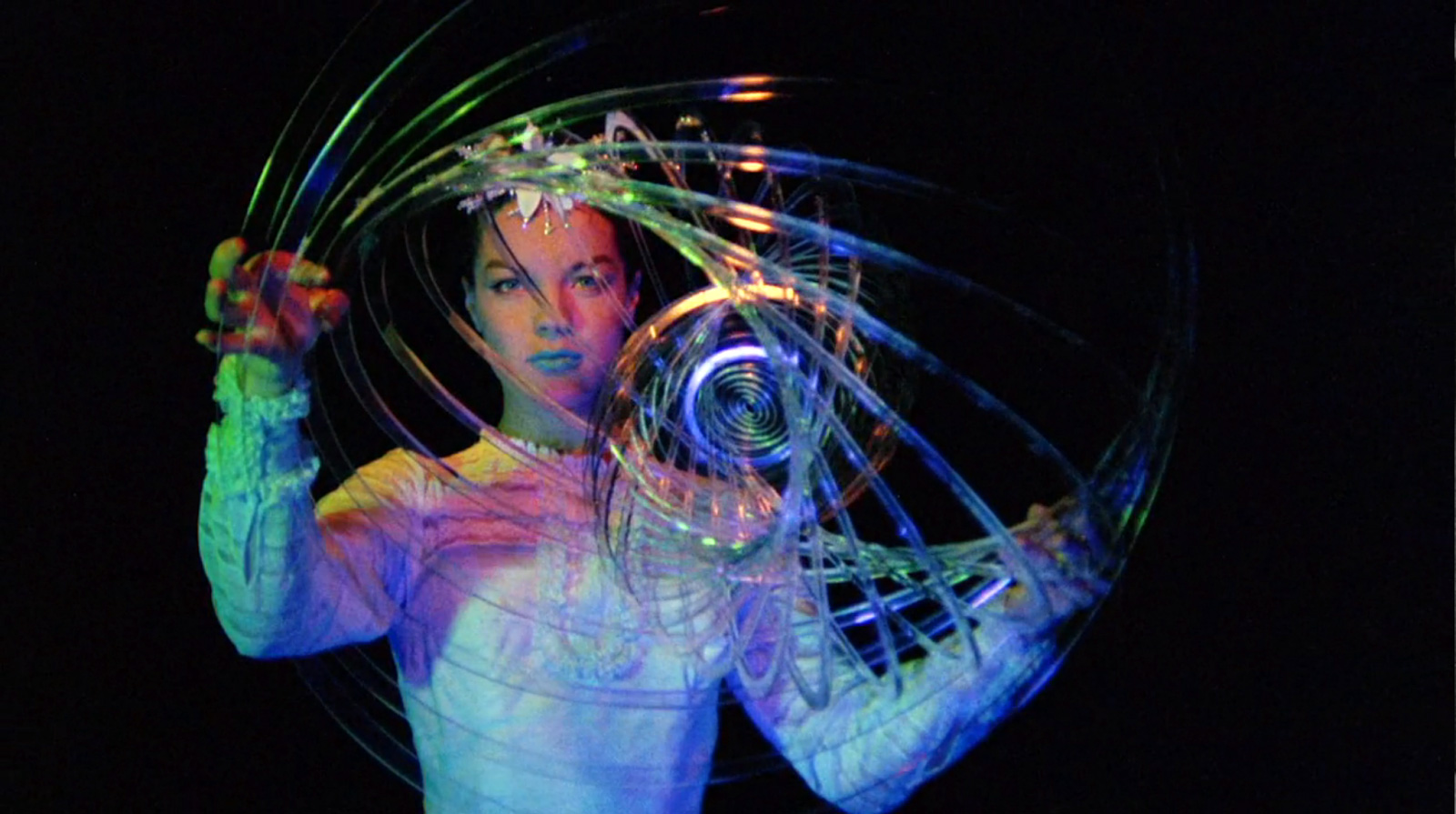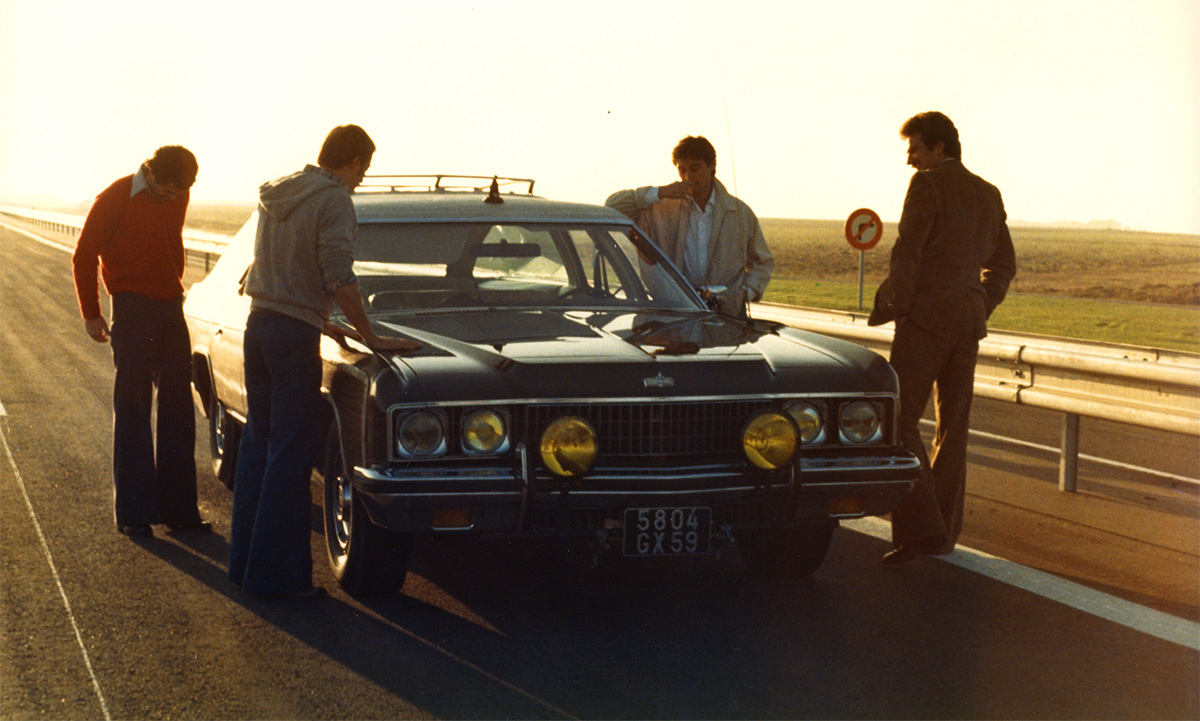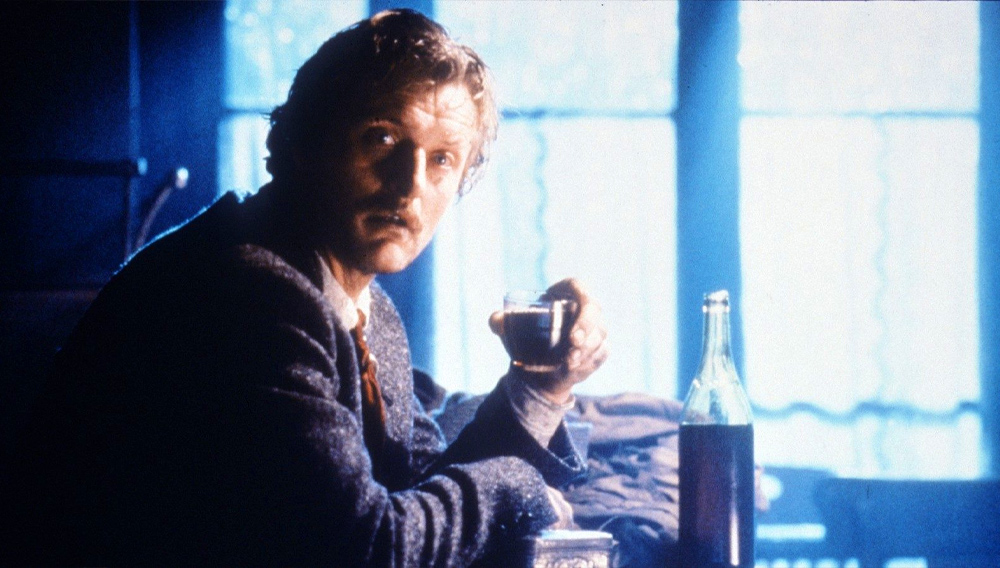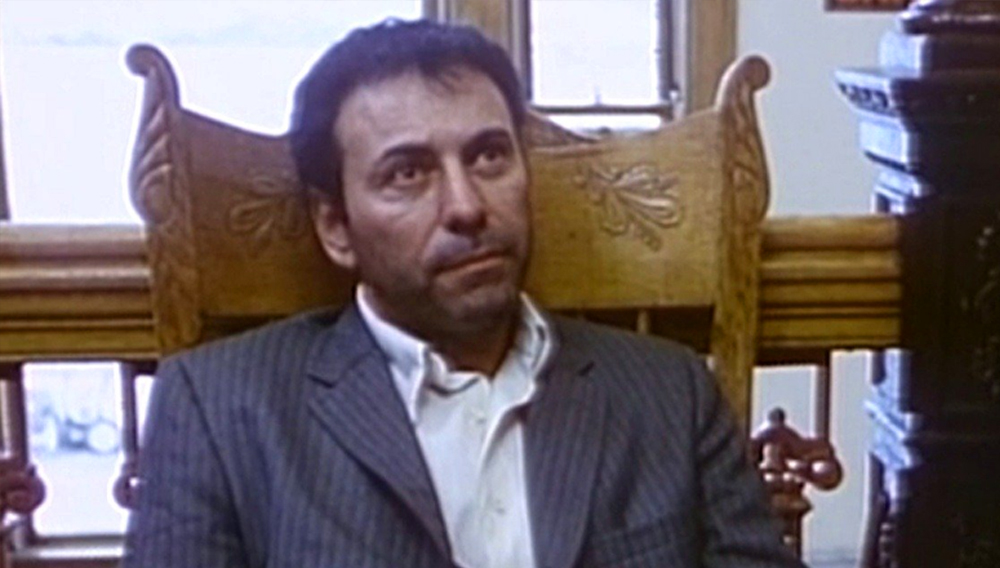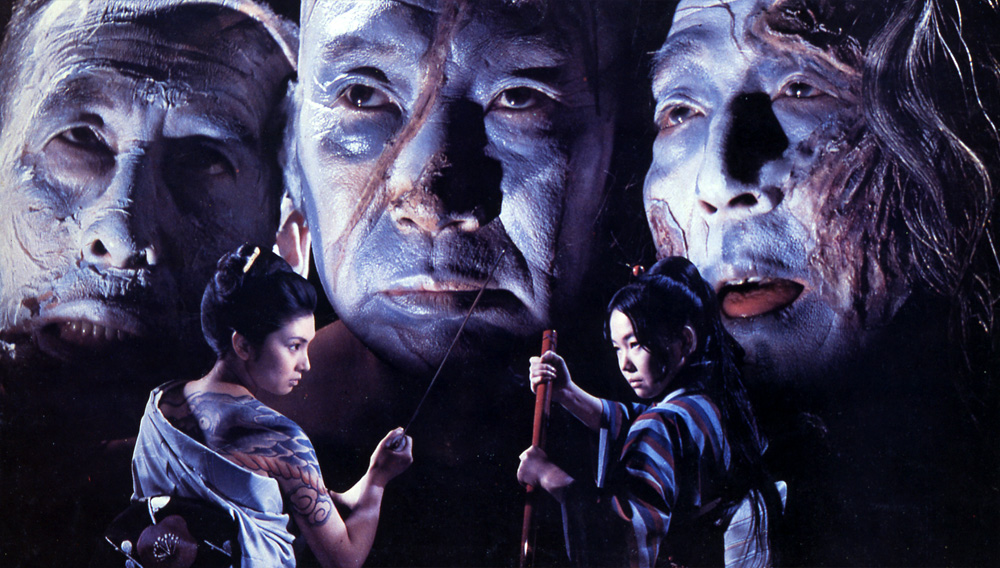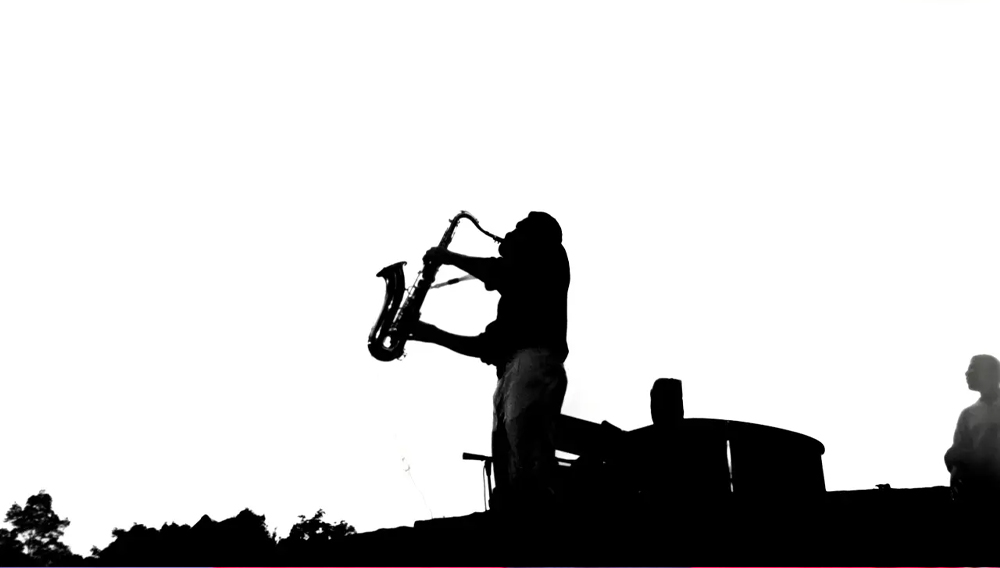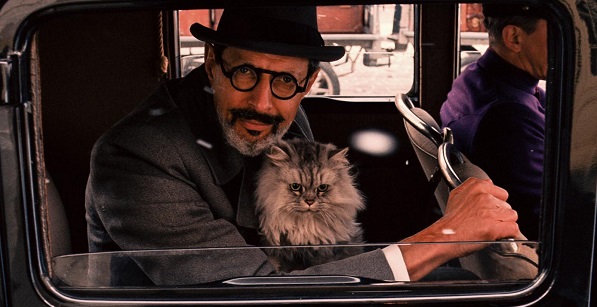
The Internet, as we are so often reminded, is the domain of the cat—star of the web’s every photograph and three-minute video. But unlike their canine counterparts, cats aren’t particularly obedient animals, and therefore don’t lend themselves quite so readily to the strenuous demands of the movie industry. With diligent training, a dog will follow instruction about as well as a professional actor. A cat won’t do much more than sit—and even in that they prove rather mercurial. So it is with rare pleasure that we enjoy the performances of the cinematic feline, each no doubt laboriously obtained. Here we celebrate the year’s most notable five.
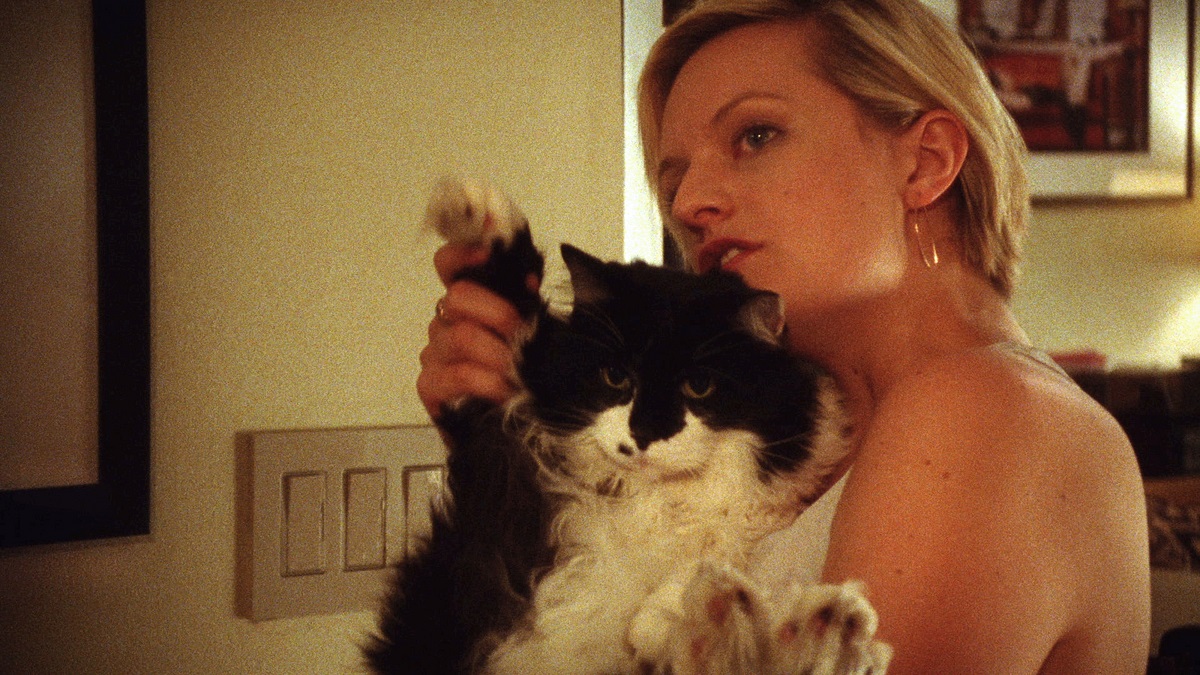
Listen Up Philip
Writer-Director Alex Ross Perry’s own long-haired tuxedo, Fluffy, makes a brief but memorable appearance mid-way through his film Listen Up Philip, as Gadzookey, the recent adoptee of Ashley (Elisabeth Moss). Gadzookey, in Ashley’s estimation, is “a bit of an asshole,” but he also proves an exemplary friend. In a sense the heart of the film, Gadzookey is a key supporting player and a symbol of Ashley’s post-breakup independence, arriving in her life in the depths of an emotional crisis to offer the comfort of undemanding affection. He’s also the rare cat to be afforded his own line of dialogue—albeit one spoken on his behalf. “Goodbye Philip,” he says (by way of Ashley) to the eponymous ex. “I don’t like you.” Tough but fair.
Gone Girl
In its expedition from airport paperback to blackly comic noir, Gone Girl picked up one considerable boon to its anti-hero Nick’s likability: The fondness he shows his ginger tabby. The cat was there, of course, in the source text, his outdoor wanderings still the plot’s inciting action. But on screen the kitty lingers. He’s always on the periphery of Nick’s spacious home—he even has his own bedroom, a Fincher exclusive—and Nick, however cold or callous he may seem toward others, has nothing but tenderness for the Dunne family cat. How could anyone harbor ill-will for a man who, despite his shortcomings, gently cautions his cat to “stay” when the cops are stomping through his home?
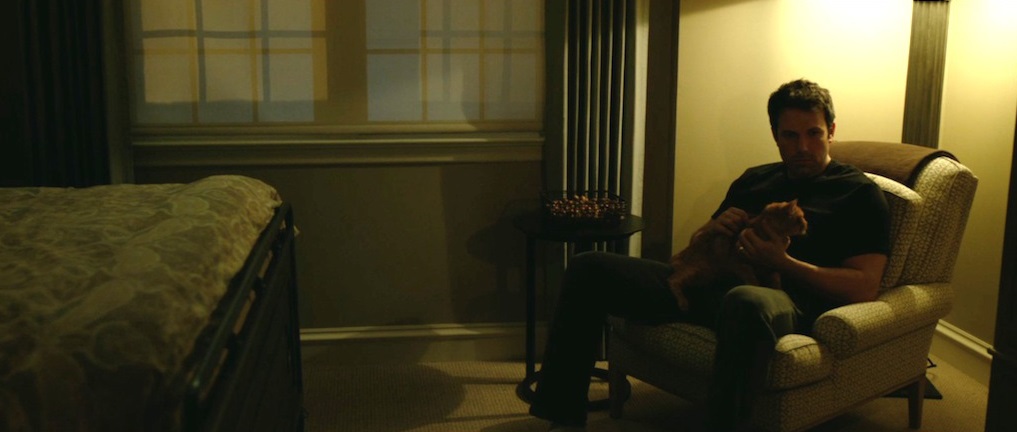
Manakamana
If cats in the movies are sadly uncommon, kittens are virtually nonexistent, doubtless too unruly in their youth and eagerness to settle down for a traditional shoot. So it’s to the world of nonfiction that we turn to find the year’s most distinguished kitty. Manakamana’s most amusing cable-car ride features a trio of long-haired musicians enjoying a respite from their black-metal band’s tour, and it isn’t until about halfway around that you realize they’re actually four: Nestled among the folds of a coat is a diminutive kitten, more curious about the fabric around him than the Nepalese mountains passing by below.
The Strange Little Cat
Well, obviously. Ramon Zürcher’s The Strange Little Cat doesn’t so much star a cat as adopt the perspective of one, showing us the daily routine an ordinary German family through the eyes of their bewildered feline. The cat in question is a languid tabby, not unlike the Dunne’s trusting confidant, who lazes in and around the furniture wherever he can drape himself. The film is unique in its interest in a cat’s interior life—a subject perhaps only Chris Marker has broached on screen before with any seriousness — and features what may be the cat shot of the year, if not the decade: a slow close-up in which the constant hum of purring envelopes the audience whole.
The Grand Budapest Hotel
What is it with Wes Anderson and pets? The family pooch in The Royal Tenenbaums is unceremoniously run over. The fox terrier in Moonrise Kingdom gets an arrow in the neck. Even the ocean-bound Life Aquatic finds room for a three-legged dog to be beaten. In The Grand Budapest Hotel, perhaps to the relief of dog lovers, it’s a cat that bites it: Jeff Goldbum’s pet Persian, whom an uncaring Willem Dafoe tosses out an open window.
I’ve seen Anderson’s contempt for pets persuasively justified as a concession to the whims of life, which can often seem no less cruel. I don’t really care. Offing a defenseless animal is an easy way to shock an audience, and it’s done often, to meager effect, in broad comedies and horror films alike. And while there’s no moral problem to speak of here—no real animals are harmed during these productions, as end titles invariably reassure us—there is an aesthetic one. It’s lazy: Creatively lazy. Part of me winces whenever a cat shows up in a movie, because the trick is too familiar. But how much satisfying it is, and, in a way, how much more surprising, if the cat survives the picture. Take care of your cats, filmmakers. Let us delight in the unexpected.

